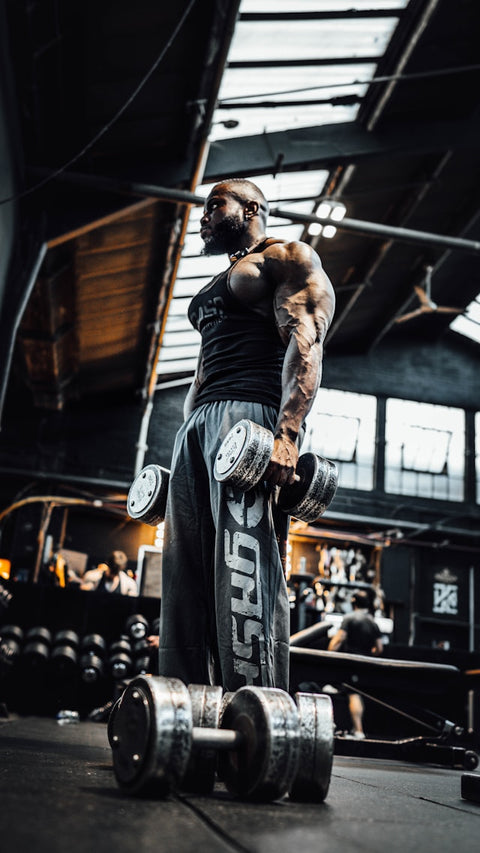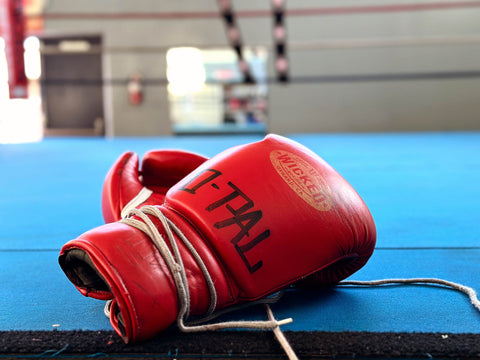In the world of boxing, the delicate balance between muscle strength and cardiovascular endurance plays a crucial role in an athlete's success. Boxers must harness the power of strong muscles to deliver impactful punches while maintaining the stamina to sustain intense bouts of activity. Let's explore this balance further, including how muscles' oxygen demands impact performance.
Quick Guide to Topics
Importance of Muscle Strength
Muscle strength is essential for generating power in boxing. Strong muscles, particularly in the shoulders, arms, core, and legs, enable boxers to deliver swift and forceful punches. During training, muscles undergo hypertrophy (growth) through weightlifting and resistance exercises, enhancing explosive strength and overall athleticism.

Role of Cardiovascular Endurance
Cardiovascular endurance determines a boxer's ability to maintain a high level of activity over an extended period. The heart and lungs supply oxygen to working muscles during intense training and fights. Improved cardiovascular fitness, achieved through running, jump rope exercises, and high-intensity interval training (HIIT), enhances oxygen utilization and delays fatigue.
Oxygen Demands and Muscle Performance
During strenuous activities like boxing, muscles require increased oxygen to produce energy (ATP) through aerobic metabolism. Oxygen is transported to muscles via red blood cells, delivered through the bloodstream. Adequate cardiovascular fitness ensures efficient oxygen delivery, optimizing muscle performance and delaying the onset of fatigue.
Achieving the Balance
Boxers integrate specific workouts to balance muscle strength and cardiovascular endurance:
-
Strength Training: Focuses on building muscle mass and explosive power through exercises like weightlifting, plyometrics, and bodyweight movements.
-
Cardiovascular Training: Includes aerobic exercises such as running, cycling, and swimming to improve endurance and oxygen utilization.
Impact on Recovery and Performance
Balanced training enhances recovery between rounds and minimizes the risk of muscle fatigue and injury. Strong muscles provide stability and power, while cardiovascular endurance sustains energy levels throughout fights. Efficient oxygen delivery optimizes performance, allowing boxers to maintain intensity and agility in the ring.
Conclusion
In conclusion, the synergy between muscle strength and cardiovascular endurance is vital for boxing performance. Muscles' oxygen demands drive the need for balanced training, incorporating strength workouts and cardiovascular exercises. By optimizing muscle function and oxygen utilization, boxers can achieve peak performance, resilience, and longevity in their sport. Striking the right balance between strength and endurance empowers athletes to excel in the ring and reach their full potential. Elevate your game with Wicked Boxing—gear up now!




